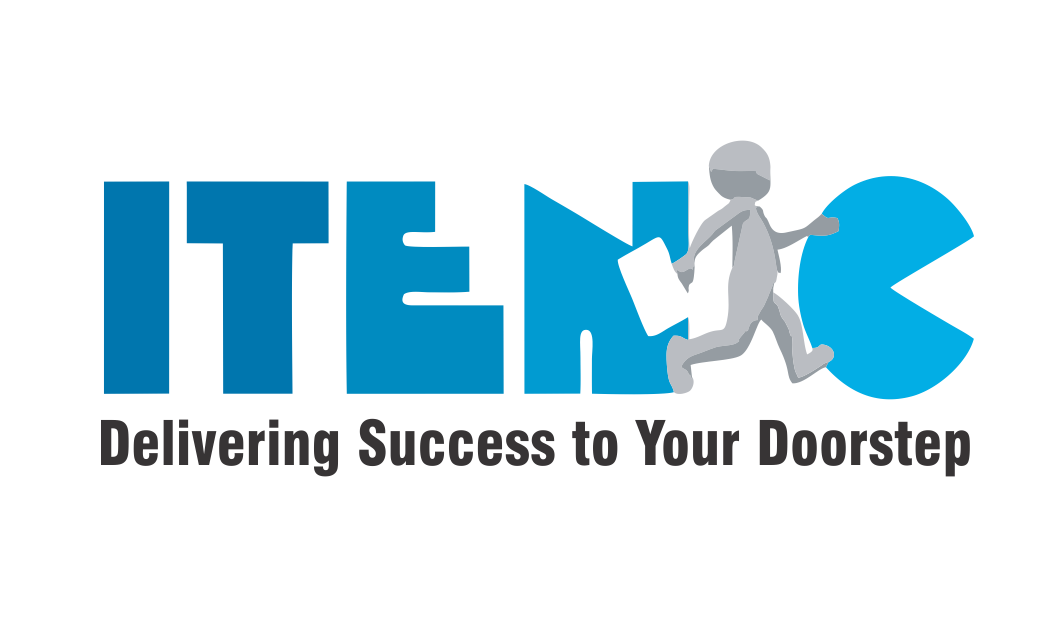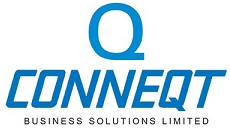
Permanent Hiring
Learn about our history and work
Permanent hiring” refers to the process of recruiting and employing individuals on a long-term, indefinite basis within an organization. This type of hiring is in contrast to temporary or contract hiring, where employees are typically brought in for a specific project or a fixed duration.
Here are key aspects and considerations related to permanent hiring:-
- Job Security: Permanent employees enjoy a higher level of job security compared to temporary or contract workers. They are typically entitled to the full benefits and protections provided by labor laws in their respective countries.
- Recruitment Process: The process of permanent hiring often involves a more comprehensive and selective approach. Employers seek candidates who not only possess the required skills and qualifications but also fit well with the company culture and long-term goals.
- Benefits and Perks: Permanent employees typically receive a comprehensive package of benefits, which may include health insurance, retirement plans, paid time off, and other perks. These benefits can vary by company and region.
- Career Development: Permanent positions often provide opportunities for career growth and advancement within the organization. Employees may have access to training, mentorship, and promotion pathways.
- Commitment: Both employers and employees enter into a long-term commitment. Employers invest in the development and retention of permanent staff, while employees commit to contributing to the company’s success over the long haul.
In summary, permanent hiring is a fundamental aspect of building a stable and committed workforce for organizations. It offers job security and a range of benefits to employees while requiring employers to make long-term investments in recruitment, development, and retention. Striking the right balance between permanent and other forms of employment is crucial for an organization’s success and adaptability to changing business conditions.







